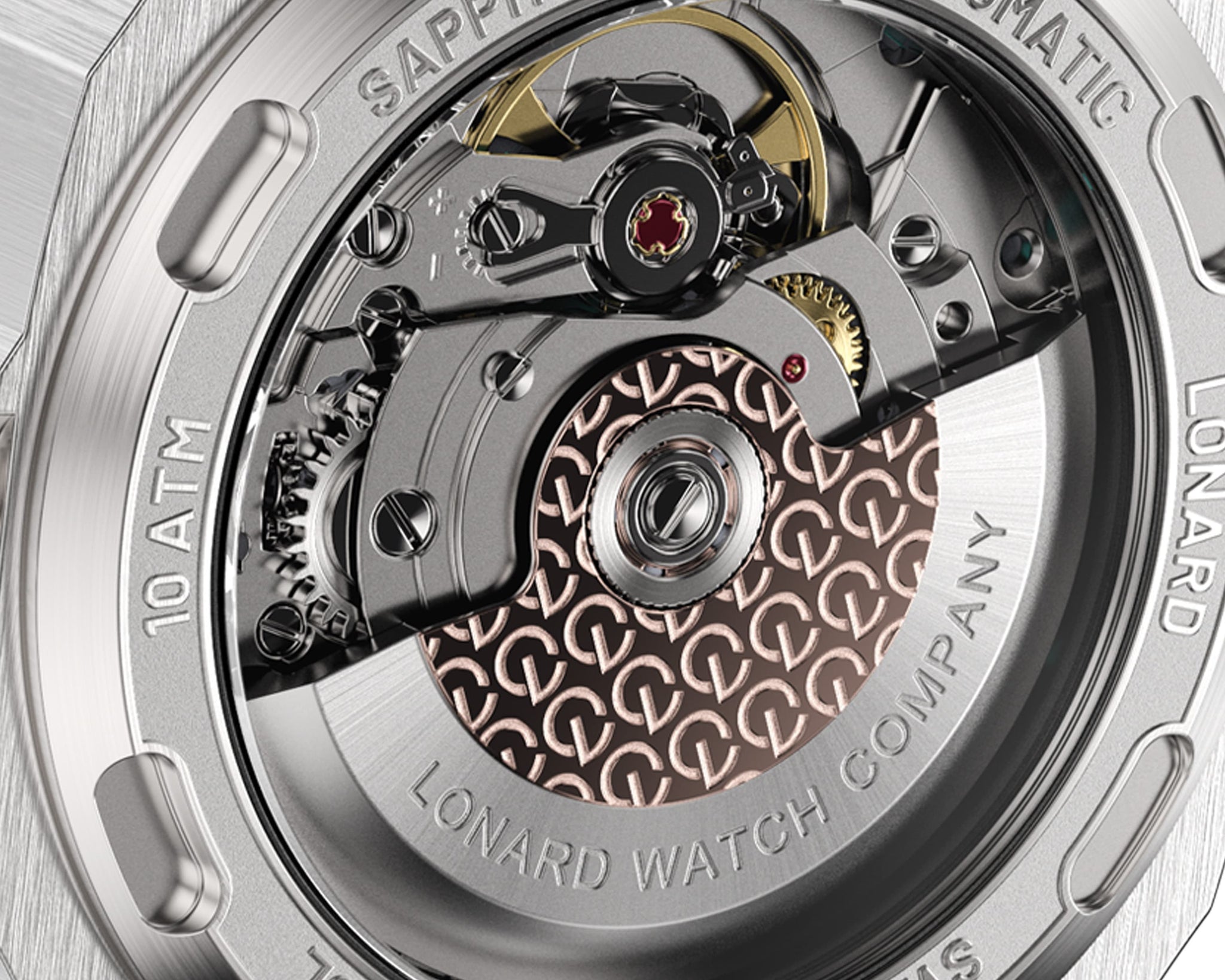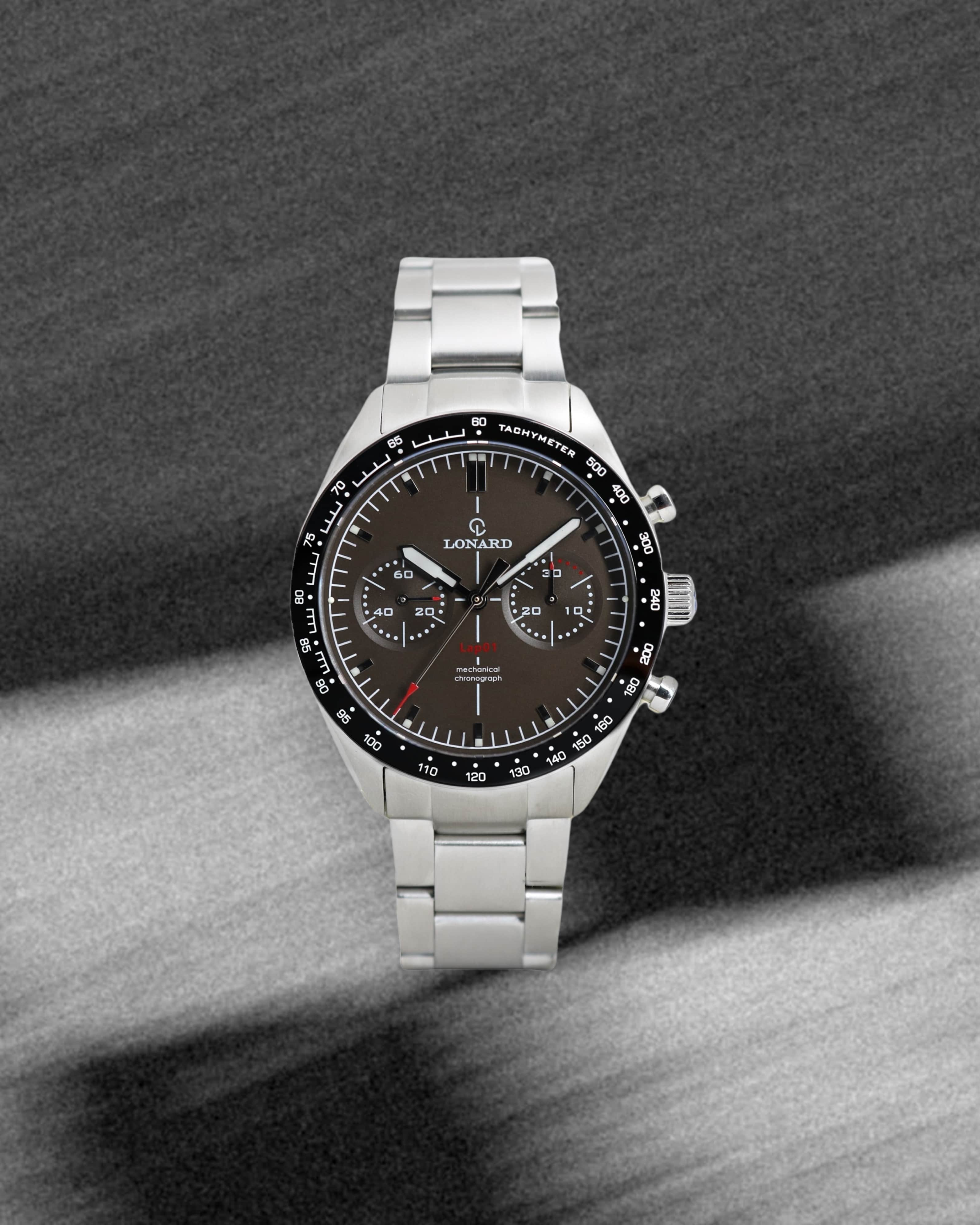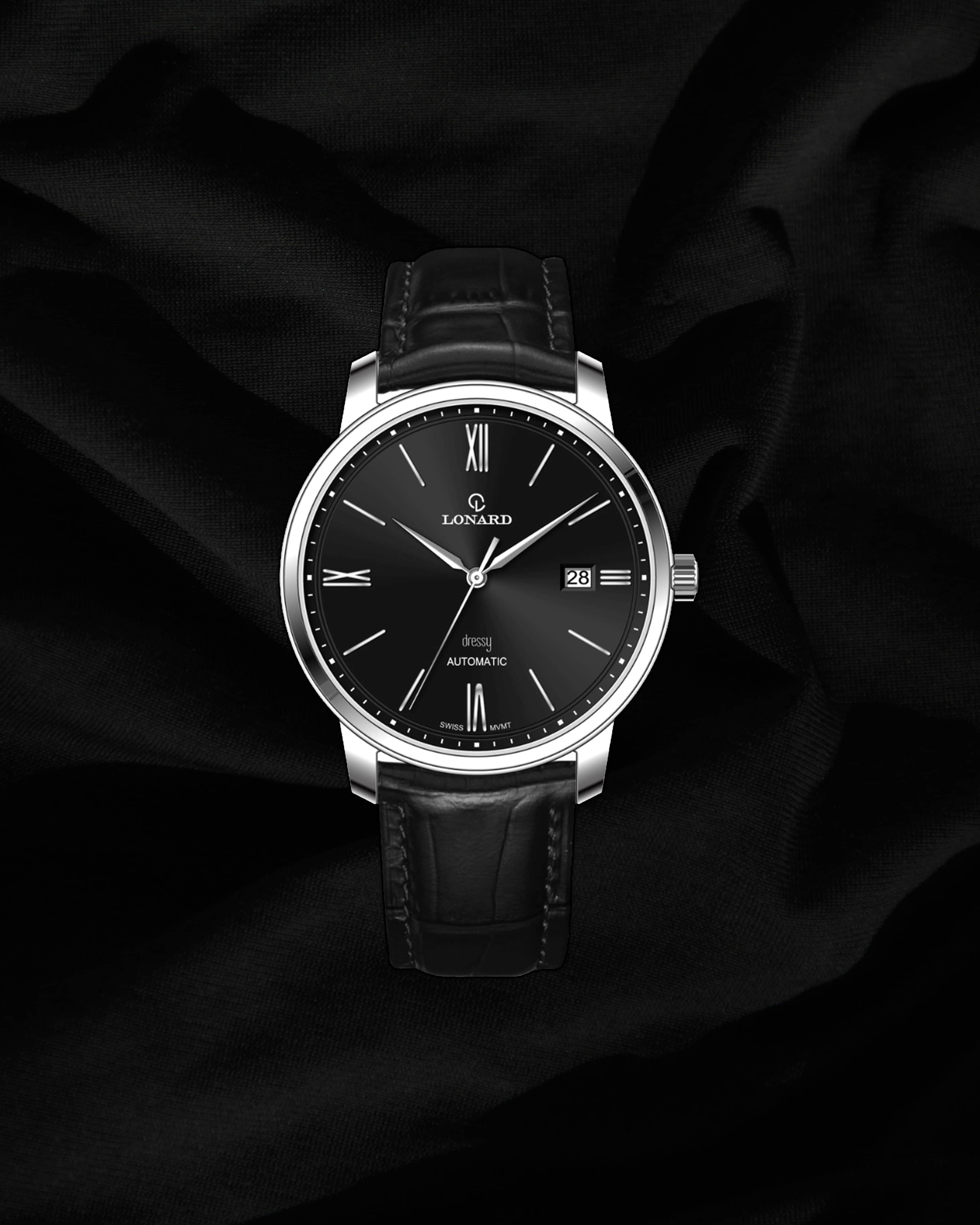8th June 2025
The Use of Precious Materials in Traditional Mechanical Watchmaking
Elevating Watch Craftsmanship Through Materials and Tradition
At the heart of mechanical watchmaking, the choice of watch materials is far more than an aesthetic decision, it is a tribute to watch craftsmanship, heritage, and technological progress. While classic elements like steel, gold, and platinum have long reigned as staples in high-end watches, modern innovations have expanded the material palette to include advanced alloys, ceramics, and more. In recent decades, the evolution of watch materials has been shaped by both form and function. Alongside these innovations, the enduring charm of diamonds and precious stones continues to bridge traditional mechanical watchmaking with the art of fine jewelry.


Traditional Noble Metals in Mechanical Watchmaking
Gold: A Legacy of Elegance
Gold, whether yellow, rose, or white remains a timeless symbol of luxury and refi nement. Its softness demands exceptional skill and precision from artisans, particularly when used for intricate components like dials and case backs. In the world of mechanical watchmaking, gold refl ects not only elegance but also a deep respect for historical watch craftsmanship.
Platinum: Strength and Prestige
More robust than gold, platinum is celebrated for its resilience and brilliance. It’s a favored choice for timepieces intended to endure generations. In haute horlogerie, platinum ensures durability while enhancing the overall prestige of a watch.
Modern Innovations in Watch Materials
Ceramic and Titanium: Lightness Meets Durability
Today’s horological innovators increasingly rely on cutting-edge watch materials like ceramic and titanium. Their lightweight nature and scratch-resistant properties make them ideal for modern watches, combining wearability with longevity. These materials embody the fusion of tradition and technology in mechanical watchmaking.
The Dial as a Canvas of Watch Craftsmanship
Exquisite Dials and the Art of Detail
One of the most telling signs of high-quality watch craftsmanship lies in the dial’s detail. At Lonard, dials are meticulously designed and produced in-house, using techniques that enhance the natural beauty of each material. These dials are not merely decorative, they are functional pieces of art that defi ne the soul of every timepiece.

A Historical Perspective:
Watch Materials and Cultural Heritage
The history of mechanical watchmaking is rich with stories of ornamental excellence. In early wristwatches, especially those crafted for women, the use of diamonds and precious stones was a defi ning feature. Meanwhile, men favored refi ned yet utilitarian pocket watches. The Art Deco movement of the 1920s brought a dramatic shift, with jeweled watches becoming more elaborate and expressive.
Iconic Watches That Defined an Era
A standout example is the Rolex “Bao Dai”, adorned with diamonds and linked to Vietnamese royalty. Such timepieces are not only luxurious, they are symbols of the peak of watch craftsmanship, where form, storytelling, and material quality intersect.
Lonard Watches:
Merging Mechanical Watchmaking with Artistic Vision
Bridging Heritage and Innovation
Lonard takes pride in pushing the boundaries of mechanical watchmaking while staying true to Italian tradition. With a forward-looking mindset, we integrate precious watch materials into our designs, crafting watches that refl ect both elegance and innovation.
Our Philosophy: Art, Passion, and Precision
We believe a watch should be more than a timekeeping tool, it should be an expression of art, passion, and legacy. Rooted in the natural beauty of Sardinia and a heritage of watch craftsmanship, our creations honor the past while embracing the future. Experience the art of mechanical watchmaking, explore our latest collection and discover a watch that tells your story.


